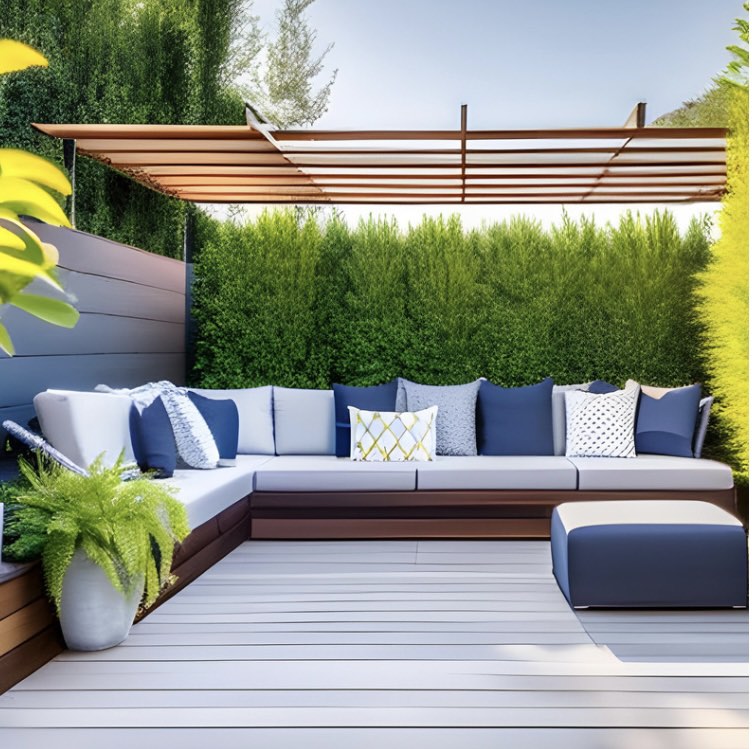The balance between hardscape and landscape on a landscaping project is important for creating a harmonious design that is both functional and aesthetic.
Hardscape refers to the man-made features such as patios, walkways, retaining walls, etc. that provide structure and contrast to the landscape.
Landscape refers to the horticultural elements such as plants, lawn, and trees that provide beauty and softness to the landscape.
Hardscaping and softscaping are opposites, but they complement each other to create a landscape that is both usable and vibrant.
However, finding the right balance between them can be challenging, as it depends on several factors such as personal preference, site conditions, design goals, and budget.
Here are some of the benefits and considerations of balancing hardscape and landscape on a landscaping project:
Benefits of hardscaping:
• Can also extend the use of your outdoor space by providing areas for activities and entertainment such as dining, cooking, relaxing, etc.
• Reduces water usage and maintenance by replacing turf areas with permeable paving or gravel.
Benefits of softscaping:
• Physically cools down your space by providing shade and evaporation through plants and trees.
• Attracts wildlife and enhance biodiversity by providing food, shelter, and habitat for birds, butterflies, bees, etc.
• Adds color, texture, fragrance, and seasonal interest to your landscape by choosing a variety of plants that suit your climate and style.
Considerations for balancing hardscape and landscape:
• The balance between hardscape and landscape should reflect your lifestyle and needs.
For example, if you have children or pets, you may want more lawn areas for play.
If you entertain frequently, you may want more patio areas for seating.
If you enjoy gardening, you may want more planting beds for flowers or vegetables.
• The balance between hardscape and landscape should also consider the environmental conditions of your site.
For example, if you have a sloped or uneven site. You may need more retaining walls or terraces to create level areas. If you have a sunny or dry site, you may need more shade or irrigation for your plants. If you have a windy or noisy site, you may need more trees or fences to create privacy and shelter.
• The balance between hardscape and landscape should also follow the principles of design. Such as unity, proportion, scale, balance, contrast, rhythm, emphasis, etc.
For example, you should use a form and/or style theme to help determine shapes and organize spaces. You should also create and link spaces by designating activity areas and linking them with elements such as paths or plantings. You should also highlight important points such as transition areas and focal points by using different materials, colors, or textures.
In conclusion, the balance between hardscape and landscape on a landscaping project is important for creating a harmonious design that is both functional and aesthetic. It depends on several factors such as personal preference, site conditions, design goals, and budget. A professional landscaper can help you achieve the best balance for your project by following the steps of the design process and considering the benefits and considerations of hardscaping and softscaping.

